
The role of animals in human culture and religions
The role of animals in human culture and religions
Animals have played an important role in human culture and religions for thousands of years.
Here are some details on their roles:
1. Symbolism: Many animals have been used as symbols in various cultures. For example, the eagle is a symbol of freedom and strength in the United States, the lion is a symbol of courage and power in many African cultures, and the cow is considered sacred in Hinduism.
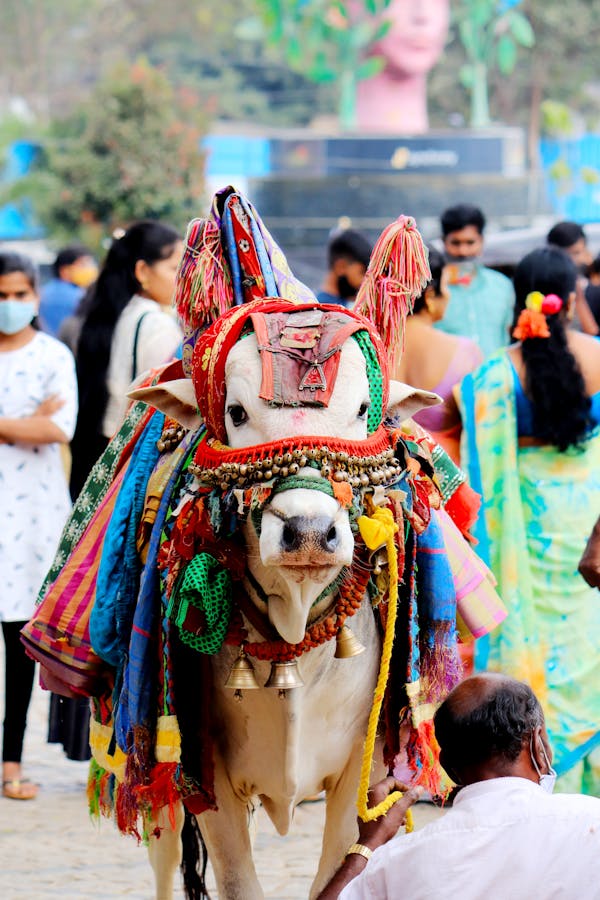
2. Mythology: Animals have also played a significant role in mythology. For example, in ancient Greek mythology, the gods were often depicted with animal characteristics. The goddess Athena, for example, was associated with the owl, while the god Zeus was associated with the eagle.
3. Spiritual Significance: In many religions, animals have spiritual significance. In Hinduism, for example, cows are considered sacred, and it is believed that they have a special connection to the divine. Similarly, in some Native American religions, the buffalo is considered a symbol of strength and abundance.
4. Sacrifice: In some religions, animals are used for sacrifice. In ancient times, for example, animals were sacrificed to the gods in many cultures. In Judaism, the practice of sacrificing animals ended with the destruction of the Temple in Jerusalem, but the symbolism of sacrifice continues in various religious rituals.
5. Food and resources: Animals have also played a role in providing food and resources for human populations. For example, cows, goats, and sheep have been domesticated for their milk and meat, while horses have been used for transportation and work.
In conclusion, animals have played an important role in human culture and religions in many ways, including symbolism, mythology, spiritual significance, sacrifice, and providing food and resources.

Culture and Animals
The relationship between culture and animals is complex and multifaceted. Here are some more details about the ways in which animals have been a part of human culture:
1. Art: Animals have been a common subject in art throughout history. From cave paintings depicting animals to modern art pieces featuring animals, they have served as inspiration for countless artists. Animals have also been depicted in various art forms such as sculptures, pottery, and textiles.
2. Literature: Animals have also been a popular subject in literature. From Aesop's Fables to George Orwell's Animal Farm, animals have been used as characters in stories to convey moral lessons, political messages, or simply to entertain.

3. Pets and companionship: Animals have been kept as pets and companions for thousands of years. Cats and dogs, for example, have been domesticated for centuries and have become beloved members of many households. Other animals, such as birds, fish, and reptiles, are also kept as pets.
4. Sports and entertainment: Animals have been used for sports and entertainment throughout history. Horse racing, bullfighting, and dog racing are just a few examples of how animals have been used for entertainment purposes.

5. Conservation and animal welfare: As awareness of animal welfare and conservation has grown, animals have become a focus of many cultural movements. From animal rights activists to conservationists, people have been working to protect animals and their habitats.
In conclusion, animals have played a significant role in human culture in a variety of ways, from art and literature to pets and entertainment. As we continue to learn more about animals and their importance in our world, our relationship with them will continue to evolve.
Animals as a natural Resources
Animals are an important natural resources for humans in a variety of ways. Here are some more details about the ways in which animals are a natural resource:
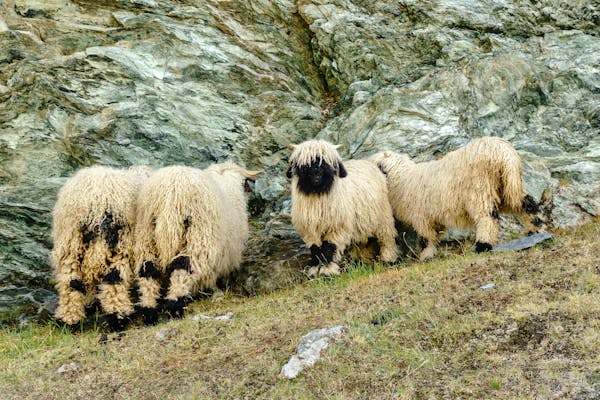
1. Food: One of the primary uses of animals as a natural resources is for food. Many animals are raised for their meat, milk, and eggs, which are consumed by humans all over the world. Fish and other seafood are also an important source of protein for many people.
2. Clothing and textiles: Animals are also a source of clothing and textiles. Wool from sheep and goats, fur from animals such as mink and rabbits, and silk from silkworms are all used to make clothing and textiles.
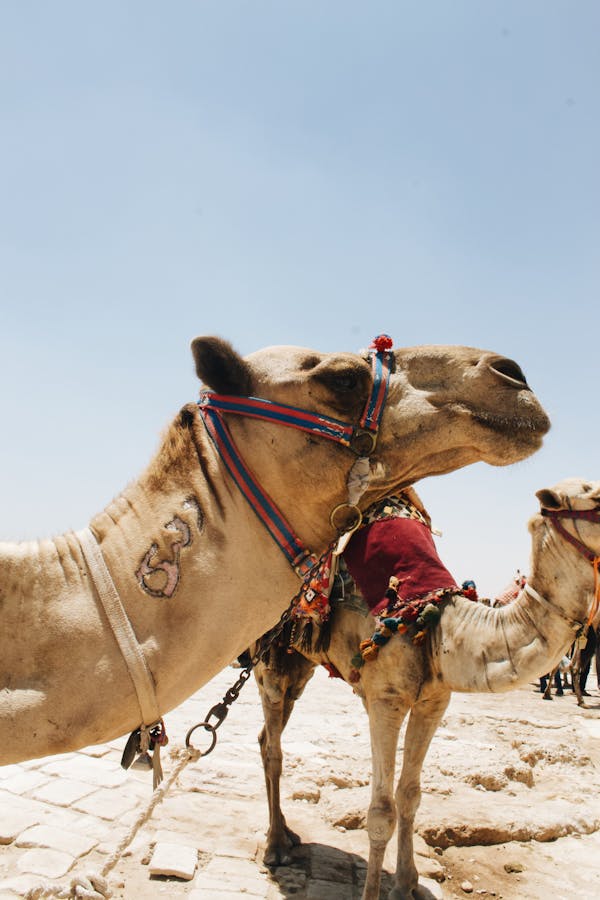
3. Transportation: In many parts of the world, animals are still used for transportation. Horses, donkeys, and camels are all used to transport people and goods, particularly in areas where vehicles are not practical.

4. Labor: Animals have been used for labor for thousands of years. Oxen, horses, and other draft animals have been used for plowing fields, hauling goods, and other tasks. In some cultures, elephants are also used for labor.
5. Medicine: Many animals are used for medicinal purposes. From antibiotics derived from bacteria to insulin produced by pigs, animals have played an important role in the development of modern medicine.
It is important to note that while animals are a valuable natural resource, they must be treated with respect and care. Animal welfare and conservation are important considerations when using animals as a natural resource. Proper management practices, including sustainable fishing and responsible farming practices, are important to ensure the continued availability of animal resources for future generations.
The human animals relationship
The relationship between humans and animals is complex and multifaceted.Here are some details about the different aspects of this relationship:
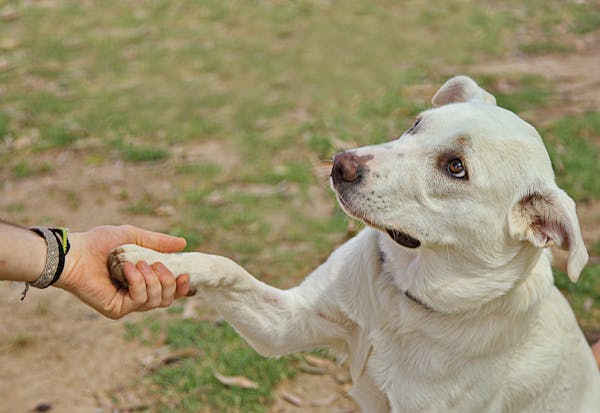
1. Domestication: Humans have domesticated many animals over thousands of years for a variety of purposes, such as food, transportation, and companionship. This has led to a close relationship between humans and domesticated animals, such as dogs and cats.
2. Use of animals for work: Historically, animals have been used for work by humans, such as for plowing fields or transportation. In some cultures, animals are still used for work, such as elephants in Asia

3. Scientific research: Animals have been used in scientific research for centuries, for purposes such as medical experimentation and drug testing. However, this use of animals has also become increasingly controversial due to ethical concerns.
4. Wildlife conservation: Humans have a significant impact on wildlife through activities such as hunting, habitat destruction, and pollution. Wildlife conservation efforts aim to protect and preserve endangered species and their habitats.
5. Animal welfare: As society has become more aware of animal welfare issues, there has been a growing focus on treating animals humanely and avoiding unnecessary harm or suffering.
6. Human-animal bond: Many people form deep emotional bonds with animals, particularly pets, and consider them to be members of the family. This relationship is often based on companionship, affection, and mutual benefit.
In conclusion, the relationship between humans and animals is complex and multi-faceted. While humans have benefited from the use of animals for food, work, and entertainment, there is also a growing concern for animal welfare and conservation. Ultimately, it is important for humans to consider the impact of their actions on animals and strive for a harmonious and respectful relationship.
Problems in the human pet relationship
There are several problems that can arise in the human-pet relationship. Some of the common ones are:
1. Lack of training: If a pet is not trained properly, it can lead to behavioral problems such as biting, chewing, scratching, and jumping. This can strain the relationship between the pet and the owner.

2. Health issues: Pets can suffer from various health issues such as obesity, dental problems, and allergies. If these issues are not addressed promptly, they can cause discomfort to the pet and result in a strained relationship between the pet and the owner.
3. Neglect: Neglecting a pet's basic needs such as food, water, exercise, and social interaction can lead to a lack of trust and a strained relationship between the pet and the owner.
4. Communication: Communication is essential in any relationship, and the same applies to the human-pet relationship. If the owner fails to communicate effectively with the pet, it can lead to misunderstandings, and the pet may not respond appropriately.
5. Lifestyle changes: Changes in the owner's lifestyle such as moving to a new home or having a new baby can affect the pet's routine and cause stress, which can lead to behavior problems and a strained relationship between the pet and the owner.
6. Unrealistic expectations: Some owners may have unrealistic expectations of their pets, such as expecting them to be perfect or to behave like humans. This can lead to frustration and disappointment, and a strained relationship between the pet and the owner.
Animals as Entertainment
Animals as entertainment refers to the use of animals for human amusement or entertainment purposes. This can include activities such as circuses, zoos, aquariums, theme parks, horse racing, dog racing, bullfighting, and hunting.
While some people argue that these activities can provide educational and cultural benefits and allow people to appreciate and learn about different animal species, there are several ethical concerns associated with animals as entertainment. Some of these concerns include:
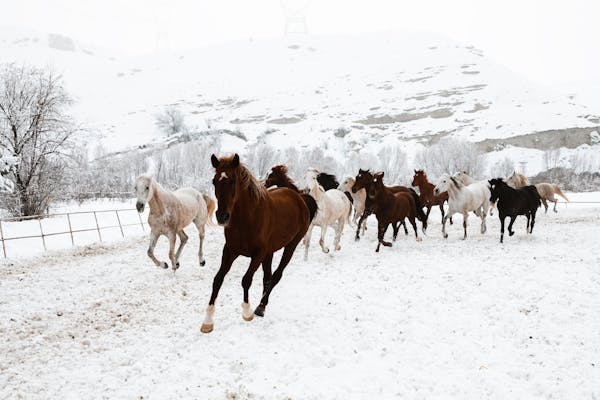
1. Animal welfare: Animals used for entertainment purposes are often subjected to harsh living conditions, confinement, and mistreatment. They may be forced to perform unnatural behaviors, and their basic needs such as food, water, and social interaction my be ignored.
2. Physical and psychological harm: Animals in entertainment are often subjected to physical and psychological harm. For instance, bullfighting involves injuring and killing the animal in public, while horse racing and dog racing can lead to injuries and deaths.
3. Captivity: Many animals used for entertainment are taken from their natural habitats and kept in captivity, which can lead to stress, anxiety, and depression.
4. Conservation: Some zoos and aquariums claim to promote conservation and animal protection, but they may fail to provide adequate living conditions and care for the animals. Additionally, some animals are captured from the wild and taken to zoos and aquariums, which can lead to the depletion of wild populations.
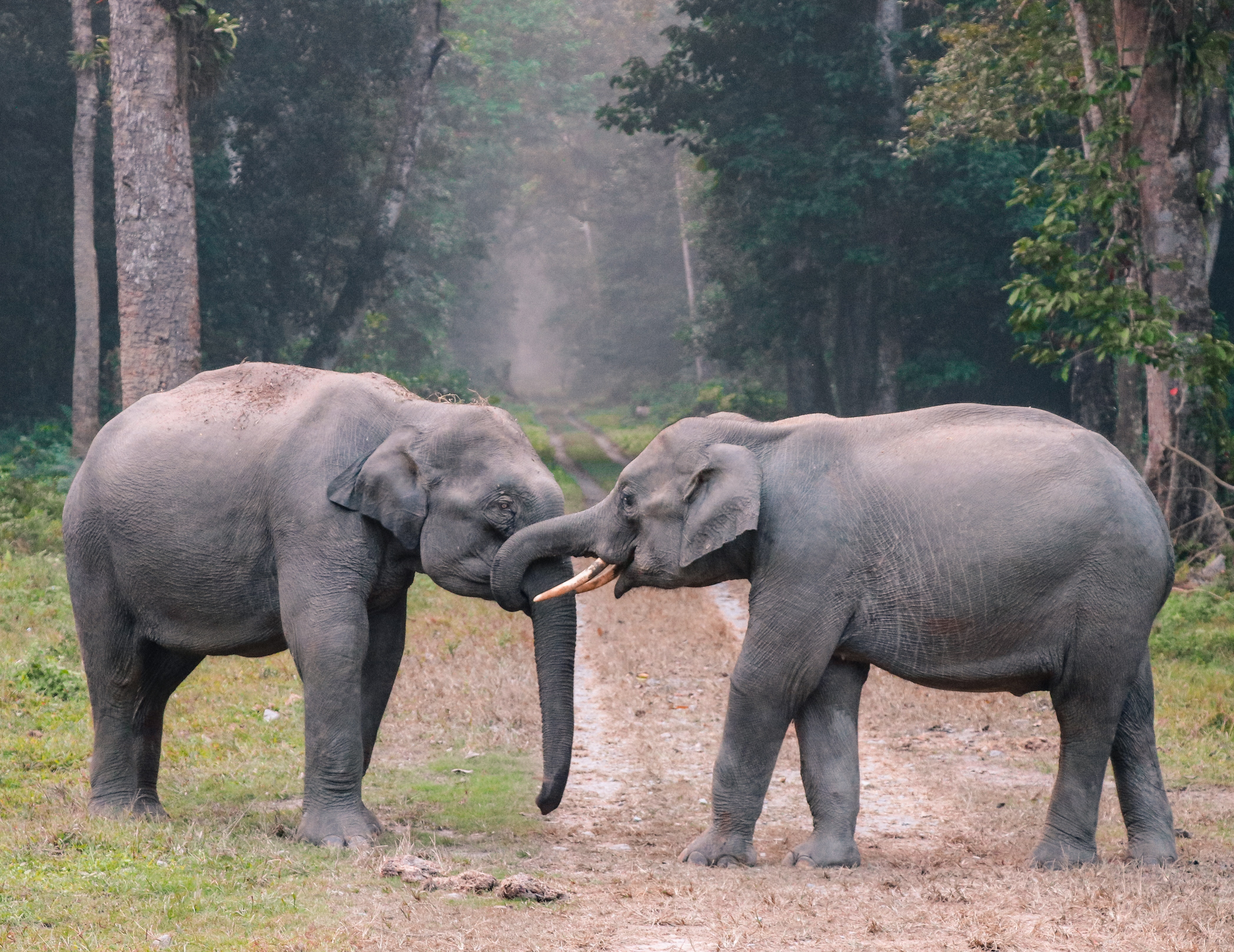
5. Speciesism: Using animals for entertainment reinforces the idea that animals exist solely for human use and enjoyment, which can contribute to the belief that some animals are more valuable than others. This can lead to a lack of respect and concern for animals and their welfare.
In summary, while animals as entertainment may provide some benefits, the ethical concerns associated with these activities should not be overlooked. It is important to consider the well-being of animals and the impact that these activities may have on their physical and psychological health.

Blog Upload on - March 22, 2023
Views - 5511

posted By -
Animals Super Store
Related Posts
-
 DELHI BIRD & ANIMAL HELPLINE
DELHI BIRD & ANIMAL HELPLINE
Aug. 27, 2022 -
25 Amazing Types Of Snakes ( More Details )
April 10, 2023 -
Major Diseases In Goats
March 3, 2023 -
Top Natural Foods for Dogs
Oct. 21, 2022 -
What are Sacrificial Rituals
April 20, 2022 -
Top Ten Best Pets in The World
April 6, 2022 -
Use Of Goat Milk
Nov. 1, 2022 -
How To Train A Dog
Oct. 27, 2022


